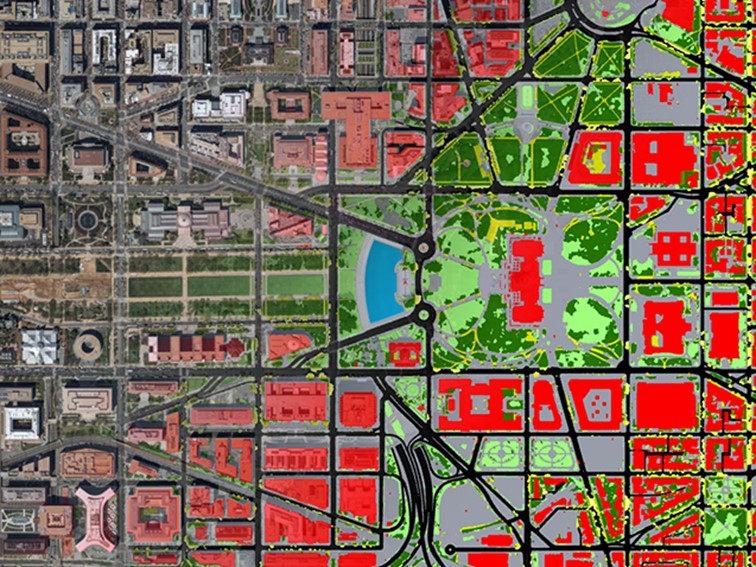GA of Cognitive Toolkit 2.0 – Microsoft's Open Source, Enterprise-Ready, TensorFlow-Outperforming AI Toolkit
Re-posted from the Microsoft Next blog and the Cognitive Toolkit blog.
We're excited to announce the general availability of Cognitive Toolkit 2.0, Microsoft's open source, enterprise-ready, production-grade AI offering. Cognitive Toolkit allows users to create, train, and evaluate their own neural networks that can then scale efficiently across multiple GPUs and machines on massive data sets. Cognitive Toolkit is being used extensively by companies worldwide with a need to deploy deep learning at scale, and by a wide variety of Microsoft products as well as students and academics worldwide. Key upgrades in this new version of the toolkit (which was formerly known as CNTK) include:
- A preview of Keras support natively running on Cognitive Toolkit.
- Java bindings and Spark support for model evaluation.
- Model compression to increase the speed of evaluating a trained model on CPUs.
- Hundreds of additional features and fixes since our beta was introduced.
- Performance improvements that make it the fastest deep learning framework.
- Cognitive Toolkit ranked #1 in a performance benchmark against other similar platforms, as seen in the results of the independently run tests below. This particular test was on a single GPU; on multiple GPUs, the performance gets even better with scale, more information is available at the original post here.

Source: https://dlbench.comp.hkbu.edu.hk/
To cite one customer example, the Chesapeake Conservancy is using the toolkit to train a neural network to speed up the creation of one-meter resolution land cover datasets, to be used in prioritizing restoration and protection efforts in the Chesapeake Bay, an area spanning 64,000 square miles in six states and Washington, D.C. Learn more here.

The Chesapeake Conservancy uses Cognitive Toolkit to create land cover datasets that are used to monitor restoration and protection initiatives throughout the Chesapeake Bay. (Photo credit: Chesapeake Conservancy.)
You can learn more about this latest release of Cognitive Toolkit from the original announcement here or this developer-friendly blog post. We've even compiled a set of compelling reasons why data scientists and developers using other frameworks should switch to Cognitive Toolkit today.
Go ahead and get started on building cool AI apps right away, Cognitive Toolkit 2.0 is available on GitHub.
CIML Blog Team